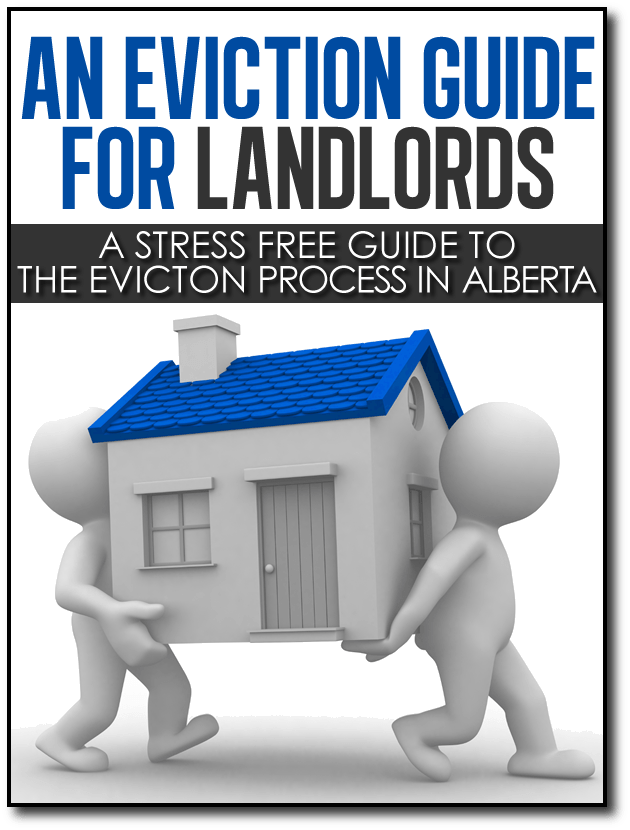 OK, here comes the government with more changes to the 2011 mortgage regulations. Although government intervention in many things economic typically have negative results (go read my Rent Control article from a couple years ago), changes like the ones just introduced will likely be a positive intervention.
OK, here comes the government with more changes to the 2011 mortgage regulations. Although government intervention in many things economic typically have negative results (go read my Rent Control article from a couple years ago), changes like the ones just introduced will likely be a positive intervention.
It was mostly due to our tighter mortgage regulations that we didn’t experience the same level of financial crisis that most of the other developed nations went through. Our stricter qualifying, our requirements for actually breathing to be able to sign documents (in the US there were several instances reported of people who were dead getting mortgages during their boom!) and our more conservative approach actually benefited us.
The latest changes are as follows;
- Maximum amortization of 30 years for government insured mortgages (CMHC)
- Reducing the amount homeowners can refinance their property to 85%
- Home Equity Lines of Credit (HELOC’s) no longer qualify for government insurance
What is the intent of these changes? For the reduction in amortization lengths, it will accomplish a few different results. First, it will make it a bit more expensive for new homeowners to get a mortgage. Not a huge difference, but the reduced mortgage length will bump it up a bit. Second, it will reduce the amount of total interest being paid out over the duration of the amortization. The extra five years can add a significant amount of interest (the majority of it all on the front end) and this money will stay in the homeowner’s pockets rather than the banks.
By reducing the amounts homeowners can refinance their properties, it provides a bit more of a cushion if prices do decrease. It also creates a situation where the homeowners are forced to have some equity in their home rather than refinancing it and then converting it into toys and expenses like new vehicles, vacations and big screen TV’s.
Finally, by withdrawing insurance on lines of credit it will reduce the number of people who overextend and at the same time reduce the government’s exposure if prices again decrease. The intent behind all of these mortgage changes isn’t to necessarily make it harder for prospective homeowners to buy new properties or for current homeowners to access their equity, but rather to reduce the amount of household debt.
Canadians have been increasing the level of household debt on a very consistent basis for many years now and are currently at record levels. It will however push a few more people out of the race for homeownership, even with our current low interest rates. This can only be a good thing for anyone who currently has rental properties as it ensure our prospective base of clients (our tenants) won’t all jump ship and become owners themselves.



